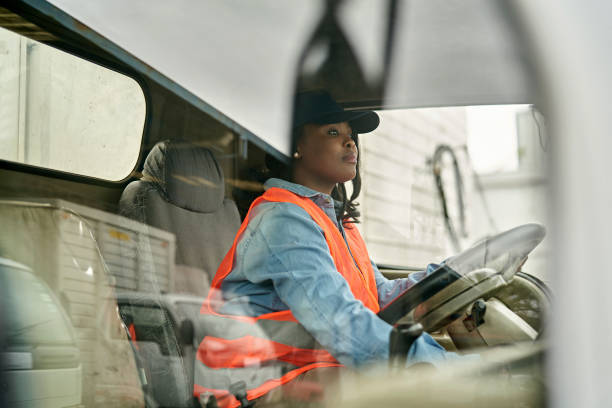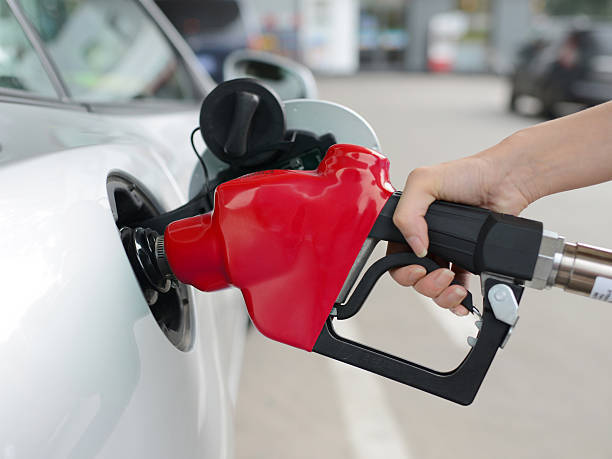With the cost of living increasing by the day, we’ve been exploring ways you can help ‘ease the squeeze’.
Your car or van has the potential to eat into a large portion of your monthly budget, so we spoke with Which? Trusted Trader In’N’Out Autocentres to get the insider scoop on ways to save money on your motoring.
CEO Jon Morgan lists his top tips for small changes you can make to help you reduce the amount you spend on driving.

Check your tyre pressures: Correct tyre pressures save fuel and minimise tyre wear so checking your tyre pressures regularly is one of the most important checks you can make on your vehicle. Incorrectly inflated tyres can also have an impact on a car’s braking performance, which could pose a safety risk.
Check your fluid levels under the bonnet: If the oil and coolant need frequent topping up, get this checked by your local service centre as it could be a sign of something more serious. Early diagnosis could prevent small problems from escalating and save you money in the long run.
Get warning lights checked: If your vehicle is displaying warning lights (e.g. engine warning light) there are likely issues that need to be investigated. Again, early diagnosis could prevent small problems from becoming more serious. Sometimes engine management issues trigger the car to go into a self-preservation mode which will mean the engine is running a lot less efficiently and will likely have limited power.
Ensuring the vehicle is well maintained: Making sure the vehicle is well maintained and serviced in accordance with the manufacturer's schedule will ensure the vehicle is running at optimum efficiency. Poorly maintained vehicles may well be using significantly more fuel than necessary due to dirty or degraded oil, fuel and air filters, and malfunctioning sensors.
Have your wheel tracking alignment checked regularly: Incorrect tracking alignment can cause excessive wear on your tyres and increased rolling resistance, which ultimately means you’re using more fuel. Impacting a pothole can cause the alignment to need correcting. Feeling the car pull to one side when driving in a straight line is one of the most common symptoms of tracking needing attention.
Remove external storage items when not in use: If you have any items attached to your vehicle that you are not using, such as a roof box, bike rack or roof bars, removing them will improve the aerodynamics of your vehicle and save you fuel. You may also find it will reduce the noise in the cabin at motorway speeds.
Stop-start/Eco mode: Many vehicles have a stop-start mode that will cut the engine when the vehicle is stationary. Some people turn this feature off, as it feels strange at first, however using this mode can see a vehicle's fuel economy improve in heavy traffic. Some cars have an Eco mode which softens the throttle response and reduces the power of air conditioning systems, all of which will also improve your fuel economy. If you don’t have an Eco mode, you might consider turning the air conditioning off, however not using air conditioning can cause its own problems including mouldy vents and failing seals, which will require costly repairs eventually.
Adjust your driving style: Avoiding harsh acceleration and using your brakes less by anticipating slowing traffic can significantly improve your vehicle's economy. It will also make for a more comfortable journey for your passengers.
Keep windows closed: Cars are designed to be very aerodynamic; however, driving with windows down or sunroofs open can significantly disrupt the aerodynamics of the vehicle and cause a drop in fuel economy, especially at high speeds.
Plan your journey: Leaving additional time when planning a long journey. This will avoid you needing to drive in a rush and allow you to reduce your cruising speed. Cars are on average more efficient at 60mph compared to 70mph. Many navigation apps can calculate the most fuel-efficient route for a journey and anticipate the ideal time to travel to avoid traffic.
Combining your journeys: using your car less will reduce costs, of course. Combine essential journeys where possible.
Look for opportunities to car share: Around 60% of car journeys in the UK are single users, i.e. there is a driver with no passengers. Looking for opportunities to car share cuts down the total number of journeys and therefore saves money.
Shop around for the best price fuel: Choose fuel stations that have the cheapest price locally, navigation apps like Waze can help identify the cheapest each day using near real-time data. Avoid Motorway Service Stations as they can be up to 20% more expensive. If you have to use them, don't fill up completely, just purchase enough to get you to a cheaper filling station.
Look for alternatives to Motorway Services: It’s not just fuel that’s more expensive at motorway services, food, drink and conveniences are too. Look for cheaper alternatives using navigation apps and websites like www.justoffjunction.co.uk.
Shop around for Insurance: Don’t just renew with your current provider: instead shop around each year. Use multiple comparison sites if you can (as they tend to work with different insurers) and also remember to try brands who don’t operate through them, such as Direct Line or NFU Mutual. We would also recommend checking the deals available through all different channels for your insurer of choice before committing to your purchase. The reason being is that sometimes insurers will have different products available via different channels. It is however worth going back to your current insurer when you have found a better deal as they may offer to match or even beat it.

Find out more:
Top tips on how to check the safety of your tyres at home